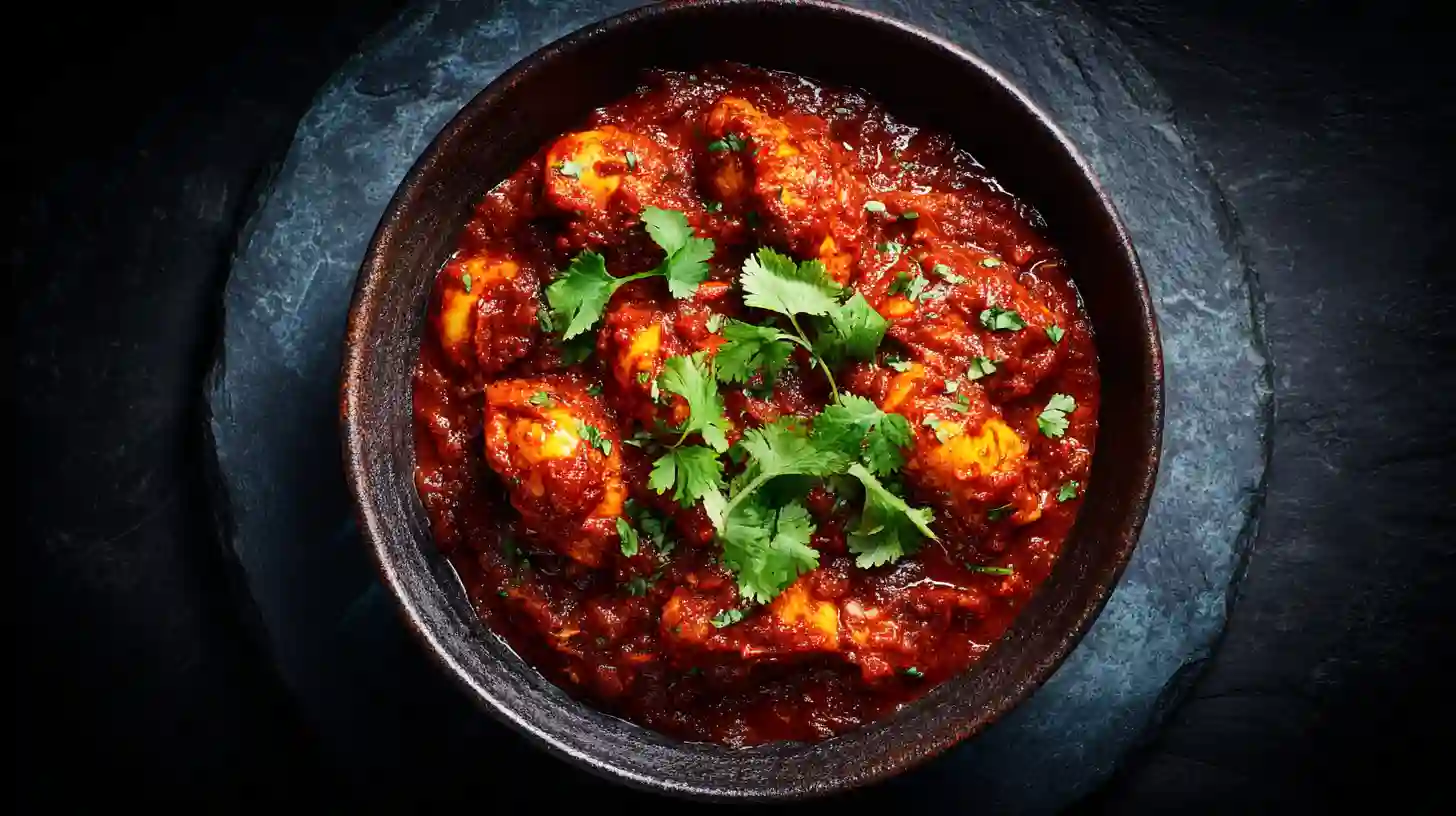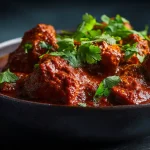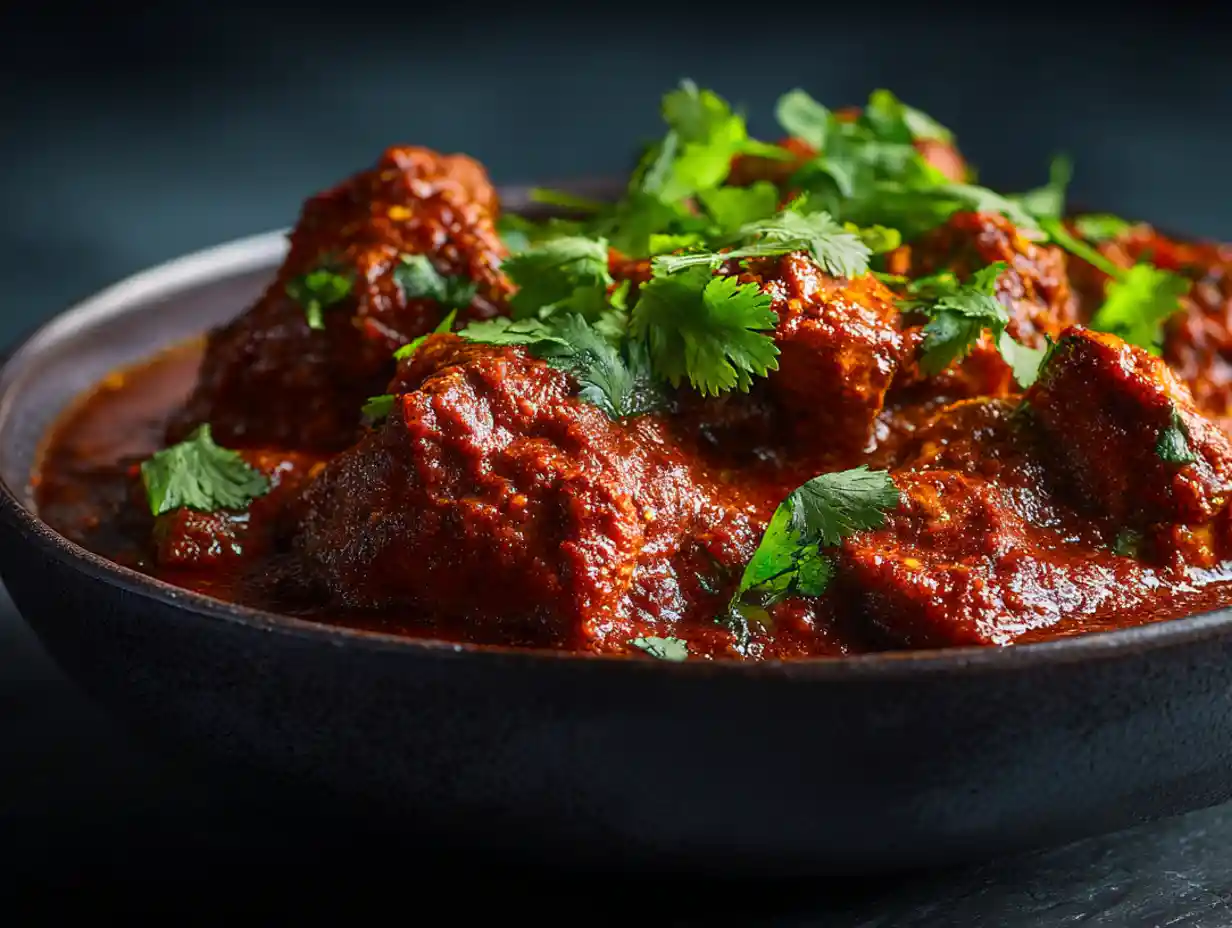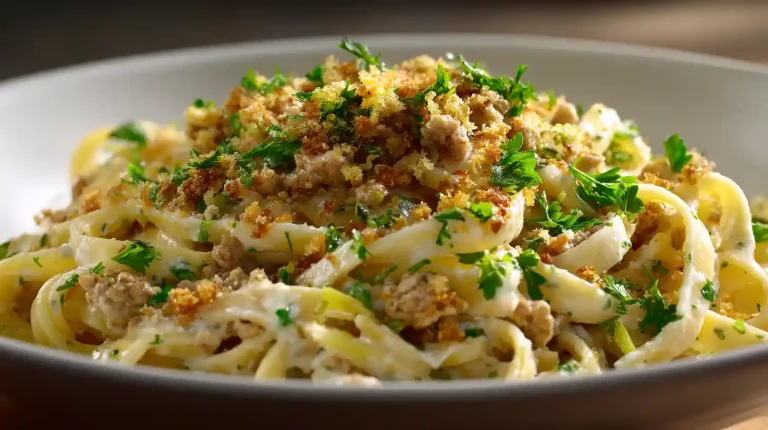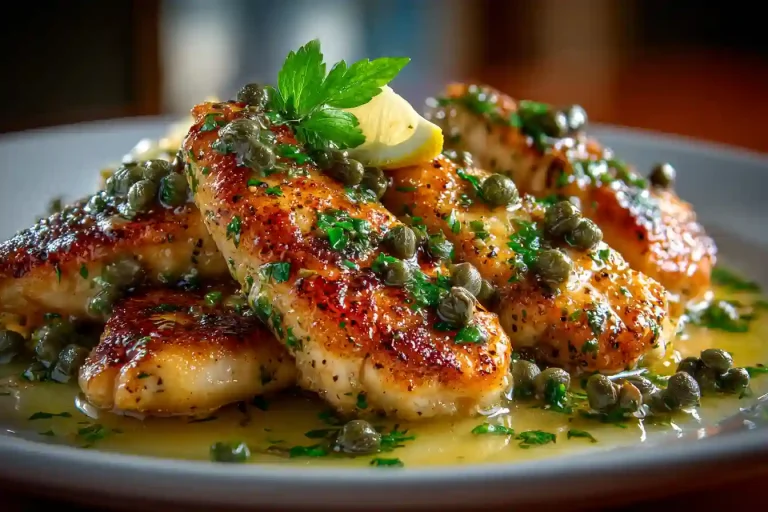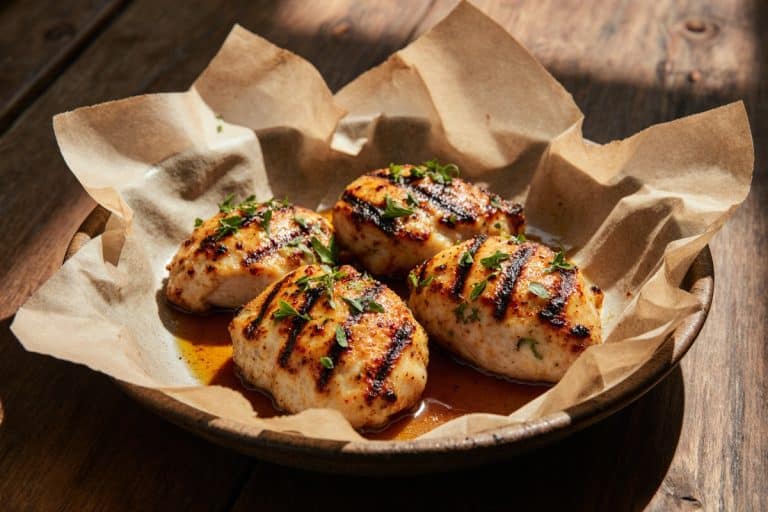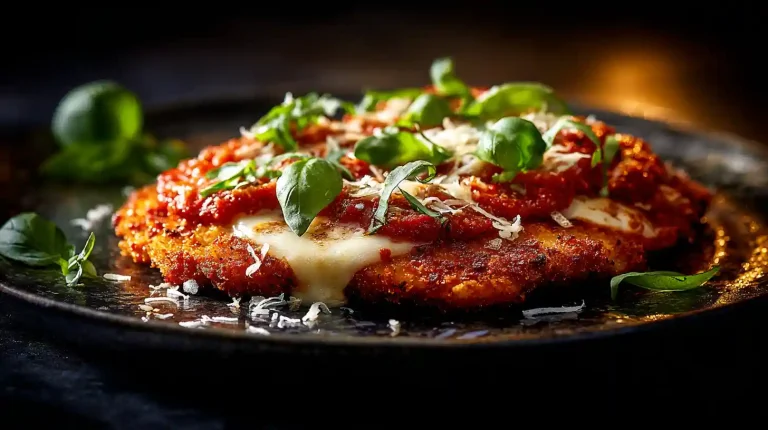Gordon Ramsay Chicken Madras: The secret to the 3-Step TV Masterclass
Search online for a Gordon Ramsay Chicken Madras recipe, and you’ll find one. It’s in his cookbooks, it’s on countless blogs, and it’s… incomplete. It’s not the whole story. I know, because I made it for years and always felt something was missing. It was a good curry, but it wasn’t that curry—the one from The F Word where Ramsay, with blistering intensity, builds a sauce so deep and vibrant it looks like it could leap off the screen.
I’m Jack Barrett. I’m not a professional chef, but I am an obsessive home cook who got tired of inauthentic recipes. I went back to the tape. I watched the show, frame-by-frame, and discovered the truth: the cookbook recipe is a simplified version for home cooks. The TV version is a masterclass in technique.
The difference lies in a few non-negotiable steps that are the very soul of a real curry. This is the guide to that version. We’re not using powders; we’re building flavor from the ground up. This is how you make the real deal.
The Method: Why This Madras Is a Masterpiece
The superiority of the TV show Gordon Ramsay Chicken Madras isn’t about a secret ingredient. It’s about a superior method. It’s built on three pillars that create layers of flavor the simplified version simply can’t replicate, transforming a basic meal into something truly memorable. Understanding these techniques is the key to mastering the dish.
1. Toasting Whole Spices: “Wake Them Up.”
This is the first and most important law. The cookbook version uses pre-ground spices from a jar. Think about that. Those spices have been sitting on a shelf, slowly dying. Ramsay knows flavor comes from essential oils, and the only way to get them is to start with whole seeds—coriander, cumin, mustard seeds, fenugreek. You throw them in a hot, dry pan. No oil. You’ll hear them start to crackle and pop. The smell is the reward—intensely nutty and fragrant. You’ve woken them up. This single step creates a vibrant, three-dimensional spice profile that pre-ground powder can’t touch. It’s the difference between a whisper and a roar.
2. The Fresh Paste: The Engine of the Curry
Once toasted, the spices are ground into a powder. But you don’t just dump it in the pan. You combine it with the fresh aromatics—a heap of garlic, fiery ginger, fresh chilis—to form a thick, wet paste. This isn’t just mixing; it’s creating the engine of the dish. All the foundational flavors are now melded together, ready to be transformed by the heat.
3. Frying the Paste: The Non-Negotiable Step
This is the technique that separates an amateur curry from a professional one. In Indian cooking, it’s called bhunai. You fry the wet paste in hot oil until the oil literally separates from the solids. You will see it glistening at the edges of the pan. This does two things: it completely cooks out the raw, harsh bite of the ginger and garlic, and it deep-fries the spices, blooming them for a second time. This process is what creates the incredible depth of flavor that defines an authentic Gordon Ramsay Chicken Madras.
Mistake Watchouts: I Failed So You Don’t Have To
Before I decoded the TV method, my attempts at a Gordon Ramsay Chicken Madras were a recurring disappointment. I was following the cookbook version, and it led me straight to mediocrity. The final dish looked pale and tasted… thin. It was spicy, sure, but it had no soul. It was like listening to a great song on a cheap radio. The flavor was flat, lacking the aromatic punch that makes a curry truly special and memorable.
Here’s where I went wrong, and where the cookbook version will fail you:
- I Used Pre-Ground Spices. This was my biggest sin. My curry always had a slightly dusty, flat background taste. It lacked the bright, aromatic punch of a restaurant-quality dish. The flavor was a monotone, not a symphony. The Fix: Toasting whole spices. It takes five extra minutes and delivers a 1000% return in flavor. It is the single biggest upgrade you can make to your cooking.
- I Used Chicken Breast. The cookbook says to use chicken breast. So I did. And every single time, by the end of the 20-minute simmer, the chicken was slightly tough and chalky. It was just along for the ride. The Fix: Use chicken thighs. As Ramsay does on the show. They have more fat and connective tissue, which renders down during cooking, keeping the meat insanely tender and juicy. The chicken becomes an active part of the dish, not a dry afterthought.
- My Sauce Tasted Raw. I would fry the onions, add the ginger and garlic, stir for a minute, then dump in the tomatoes. The resulting sauce always had a harsh, raw edge to it. The Fix: Frying the fresh-ground paste until the oil separates. This technique, completely absent from the simplified recipe, is the key to a smooth, deep, and integrated sauce.
Gordon’s Spicy Chicken Madras (The F-Word Version)
Ingredients
Equipment
Method
- Toast Spices: In a dry pan over medium heat, toast the coriander, cumin, mustard, and fenugreek seeds for 2-3 minutes until fragrant. Shake the pan constantly to prevent burning.
- Create Paste: Grind the toasted spices to a fine powder in a spice grinder. Add the ground spices, ginger, garlic, chilis, and turmeric to a food processor with a splash of water and blend to a thick, smooth paste.
- Sear Chicken: Season chicken thighs generously with salt. Heat oil or ghee in a large Dutch oven over high heat. Sear the chicken in batches until deeply browned on all sides. Do not overcrowd the pan. Remove chicken and set aside.
- Build Base: Lower the heat to medium. Add the sliced onions to the pan and cook for 5-7 minutes, scraping up any browned bits, until the onions are soft and translucent.
- Fry Paste: Add the curry paste to the onions. Fry, stirring constantly, for 3-4 minutes until the paste darkens, becomes intensely aromatic, and you can see the oil beginning to separate from the paste. This step is critical for flavor development.
- Form Sauce: Add the chopped tomatoes and tomato purée. Cook down for 5 minutes, stirring and breaking up the tomatoes, until the sauce thickens and deepens in color.
- Simmer: Return the seared chicken and any accumulated juices to the pan. Add the chicken stock, bring to a boil, then immediately reduce the heat to a low simmer. Cook, partially covered, for 25-30 minutes until the chicken is fork-tender and the sauce has thickened beautifully.
- Finish: Turn off the heat. Stir in the garam masala and the fresh lemon juice. Taste and season with salt if needed.
- Serve: Garnish generously with fresh cilantro and serve immediately with basmati rice or warm naan bread.
Nutrition
Notes
Love this recipe?
Give us 5 stars and comment!The Recipe: Gordon’s Spicy Chicken Madras (The F-Word Version)
The Execution: Step-by-Step
- Toast Spices: In a dry pan over medium heat, toast the coriander seeds, cumin seeds, mustard seeds, and fenugreek seeds until fragrant and they begin to pop (2-3 minutes).
- Create Paste: Transfer the toasted spices to a spice grinder or mortar and pestle and grind to a fine powder. Combine this powder with the ginger, garlic, fresh chilis, and turmeric to form a thick paste.
- Sear Chicken: Season the chicken thighs with salt. Heat oil in a large, heavy-bottomed pan or Dutch oven over high heat. Sear the chicken in batches until well-browned on all sides. Set aside.
- Build the Base: In the same pan, lower the heat to medium. Add the sliced onions and cook until soft and translucent (5-7 minutes).
- Fry the Paste: Add the spice paste to the onions. Fry, stirring constantly, for 3-4 minutes, until the paste darkens, becomes intensely aromatic, and you can see the oil starting to separate at the edges.
- Form the Sauce: Add the chopped tomatoes and tomato purée. Cook down for 5 minutes, stirring until the tomatoes break down and the sauce thickens.
- Simmer: Return the seared chicken to the pan. Add the chicken stock, bring to a boil, then reduce to a simmer. Cook, partially covered, for 20-25 minutes, until the chicken is cooked through and the sauce is thick and rich.
- Finish: Stir in the garam masala and a squeeze of fresh lemon juice. Season to taste with salt.
- Serve: Garnish generously with fresh cilantro and serve immediately with basmati rice or naan bread.
Sanctioned Riffs (Variations That Respect the Method)
The core method—toasting spices, making a paste, frying it—is non-negotiable for this Madras. However, you have some leeway.
- Heat Control: The fire in a Madras comes from chilis. The TV version is hot. You can easily dial this back by using fewer chilis or deseeding them all. Or, if you’re brave, add another.
- Bone-In or Boneless: Ramsay uses bone-in, skin-on thighs, searing the skin until crisp before adding to the sauce. This adds even more flavor. Boneless, skinless thighs are easier for a weeknight but equally delicious.
- A Touch of Green: About 10 minutes before the end of the simmer, you can add a handful of fresh spinach or some frozen peas. They will wilt down into the sauce beautifully.
- The “Ghee” Riff: For an even richer, nuttier flavor, use ghee (clarified butter) instead of vegetable oil for frying.
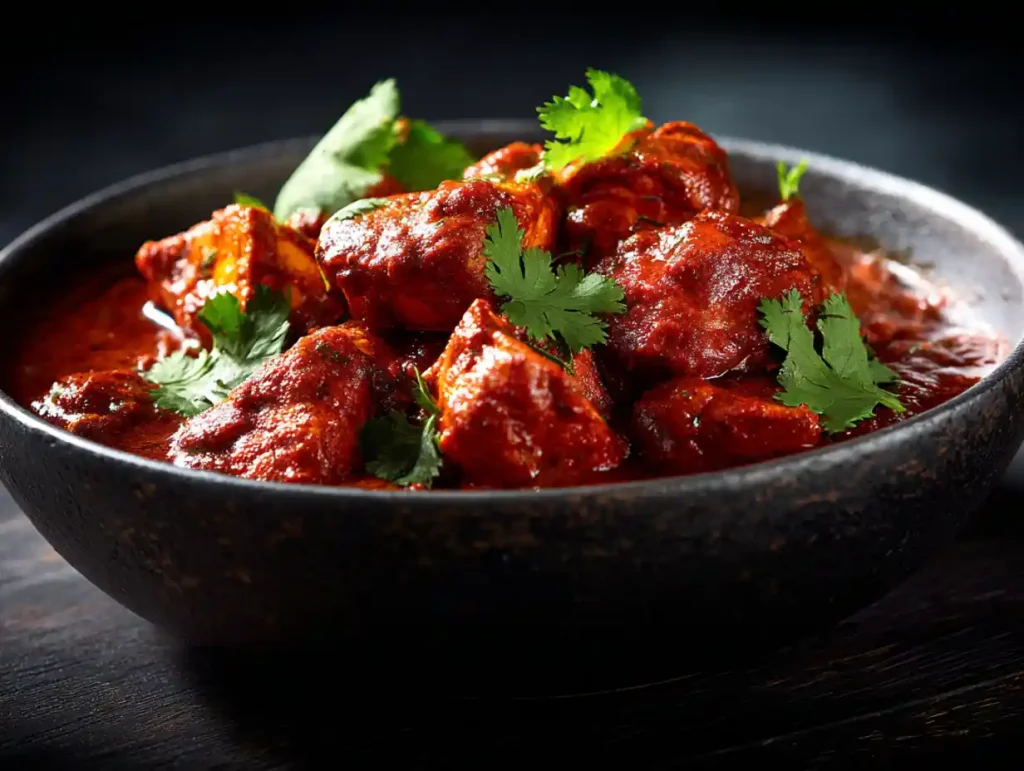
Plating and Execution
This curry deserves respect. Serve it in a warm bowl. Don’t drown it in rice; place a generous portion in the center and let that deep, red, glossy sauce pool around it. The sauce should be thick enough to cling to every piece of chicken. A pile of fluffy basmati rice on the side is essential, as is a warm piece of naan bread for the critical job of wiping the bowl clean. A final, generous scattering of bright green, fresh cilantro isn’t just a garnish; its fresh, citrusy flavor cuts through the richness and completes the dish.
Recipe FAQs
Do I absolutely have to use whole spices?
Yes. I’m not going to sugar-coat this. If you use pre-ground powder, you are not making this recipe; you are making the inferior cookbook version. The five minutes it takes to toast and grind your own spices is the single most important investment you can make in the final flavor. It is the entire point.
Why chicken thighs and not breasts?
Flavor and texture. Chicken breasts are too lean. In the 25-minute simmer required to develop the sauce, they will become tough and dry. Chicken thighs have a higher fat content that melts during cooking, keeping the meat incredibly moist and tender. Trust Ramsay on this. He uses thighs for a reason.
Is this Gordon Ramsay Chicken Madras different from the recipe in his cookbook?
Yes, it is fundamentally different. The cookbook simplifies the method for convenience, using pre-ground spices and chicken breasts. This recipe follows the superior technique he demonstrates on The F Word TV show, which relies on freshly toasted and ground spices to build a more complex and authentic Gordon Ramsay Chicken Madras.
My sauce is watery. What did I do wrong?
You likely rushed a step. Either you didn’t cook the fresh tomatoes down long enough before adding the stock, or you didn’t simmer the final sauce long enough for it to reduce and thicken. Patience is key. Let the sauce bubble away until it’s thick and the oil starts to glisten on the surface.
The Result & Conclusion
When you take your first bite, you’ll understand. This isn’t just “spicy.” The flavor is immense and complex. First, you get the bright, fragrant aroma from the toasted spices. Then, the taste: a deep, savory foundation from the slow-fried paste and rich tomatoes, followed by a wave of lingering, satisfying heat. The chicken is so tender it yields with the gentlest pressure from a fork.
This is more than a curry. It’s a lesson in building flavor. You took no shortcuts. You trusted the process. You transformed simple ingredients into something extraordinary. This is the real Gordon Ramsay Chicken Madras, and now the secret is yours.
Your Turn. Get to Work.
You’ve learned the difference technique can make. Now apply that same focus to other classics. See how the right method can transform a simple meal into a showstopper with these other Gordon Ramsay’s Chicken Recipes.

